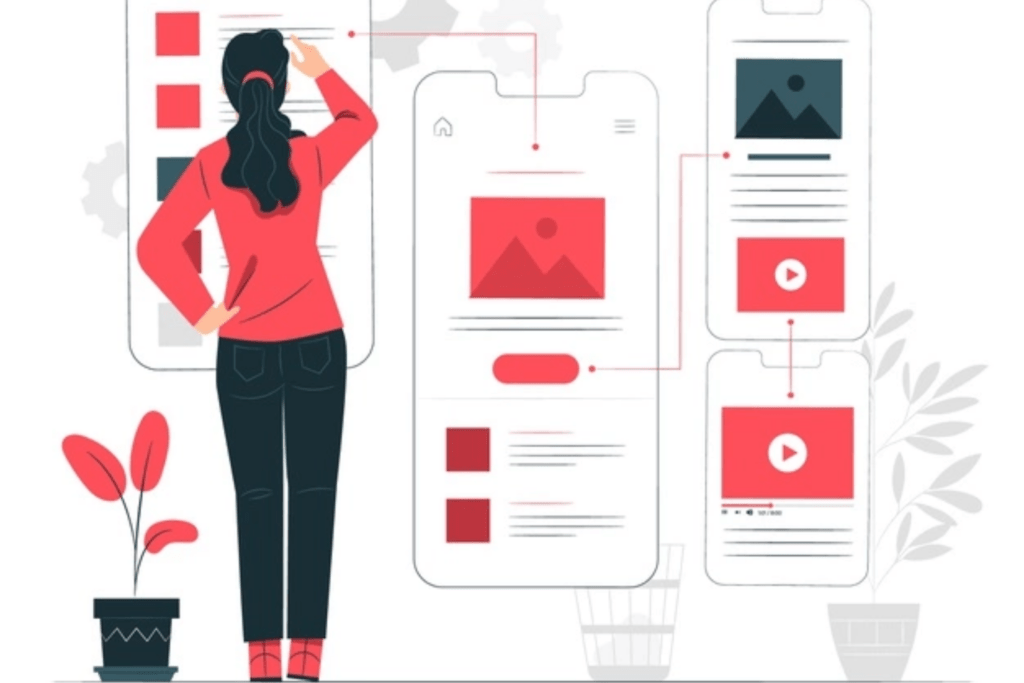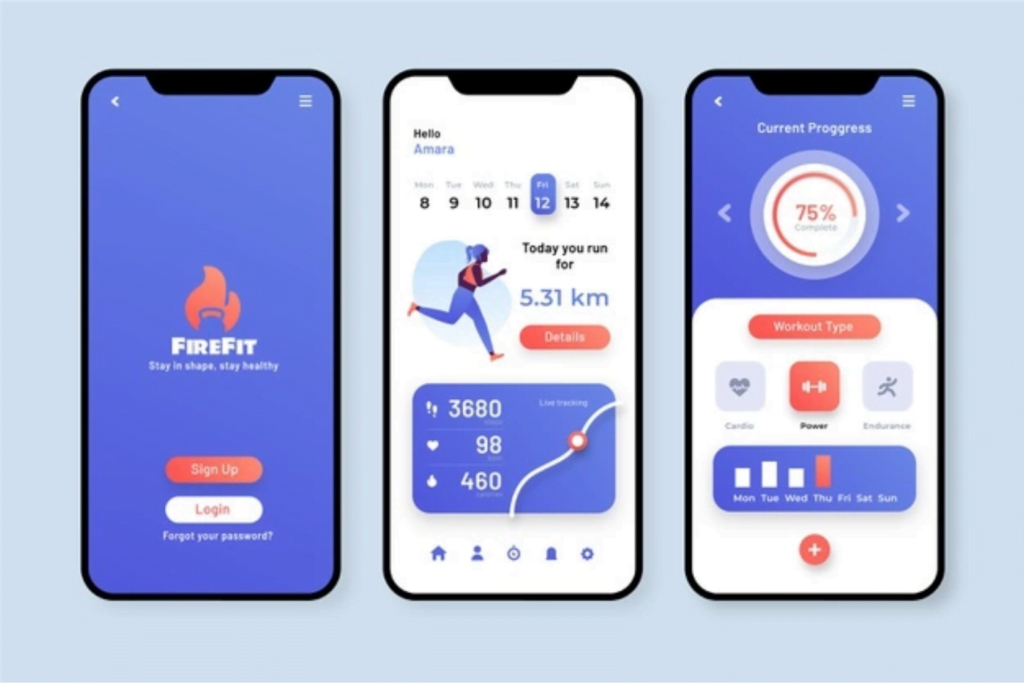If you would like to compete in this hypercompetitive market of mobile apps, you have to offer your user an unforgettable experience. Doing so would not only ensure higher retention but also increase the engagement time on your application. Thankfully there are some easy ways to ensure that your mobile application excels in giving its users an immersive experience.
Here are some of the important tips-
First things first – Make sure you create a lasting first impression. You may make or break a customer just by your inability to provide an awesome sign-up screen. Remember this is the first screen that your user would look at, so make it as impressive as you can. Moreover, bear in mind that people have short attention spans so keep it as short as possible, without inputting a lot of information from your user.
Even before the sign-up process, you should establish the usability and functionality of your app, so that the user has the ‘intent’ to sign up.

Non-invasive permissions & Unobtrusive Notifications – You may have to ask your users permissions for certain features like camera, contacts, geolocation, etc, however, make sure that you do it in a way that doesn’t come across too invasive.
If you were to describe exactly why you need certain permissions, it would inspire confidence amongst your users to hit the CTA ‘allow’.
Similarly, keep the notifications to a minimum. Send a notification when it is critical. A notification should be sent to engage the right target audience, with strong intent to engage rather than fish for something that the user may be mildly excited about.
Supercharge multitasking – The optimal mobile app experiences span across multiple device screens, so you can use your phone to do more than one thing at a time. Instead of switching back and forth between the app and the home screen, users will naturally drift their focus back to the screen. Implement intuitive, swipe-like interactions. If users want to use the app more often, they’ll give more frequent taps.

Provide longer-term value – Establishing that your app is really important will cause people to look through it and use it. And if you can provide tangible and actionable value, users will keep coming back. If you have problems with your mobile app you want to find out how to get it working or how to improve it.
The best ways to achieve longer-term value are:

Content and interface– Because mobile devices similar to the ones we are familiar with (Tablets, smartphones, smartphones, etc) developers of your mobile app must be able to fit the same platform, and therefore should write similar apps. That means you should have rich, interactivity and don’t need to restrict yourself to very simple one screen apps. The interactive design of a mobile app is definitely much more enjoyable.
The behavior of the app- Slow the Redraw Speed-Don’t try to change the color of the content in just a fraction of a second. Try slowing down the speed of the redraw to allow for redraw more slowly, as this will yield better results. You can do this with a script that you can create on the backend by writing in Ajax or in HTML/CSS, etc.
Gather Insights from analytics – Try and answer the following questions from your analytics reports
i) What is the most common cause of mobile app crashes?
ii) What is your #1 rule to ensure a better app experience?
iii) What is the biggest challenge people face while using your mobile app?
iv) If you could change one thing in your app experience what would it be?
If you try and address these questions, you would have quite a few insights to improve your app in simple ways. Finally, if you have identified all the problems, it’s time to fix these issues in a proper test environment and push these updates to make the experience better.

We at Copper Mobile found from our evaluation of thousands of open-source mobile applications that providing valuable and easy to use services and features to end users is crucial. We found, however, that developers are sometimes lacking accessibility, so we analyzed several accessibility features to identify common pitfalls in apps that could result in less than optimal usabilities, such as lack of toolbar and dock visibility. We also looked at why accessibility and User Experience designers often play a critical role in writing good quality mobile applications.
Our findings make the following points:
When presenting the interface, provide visual clues to assist users with understanding the context of the interface. That may include using the information provided at the bottom of the screen and enabling and guiding their direction thereon.
Create and deploy distributed applications. Combine data from multiple environments, develop efficient and scalable applications, and run transactions. Use network metrics to identify bottlenecks, stress points, and be responsible for the data that flows through your applications.



